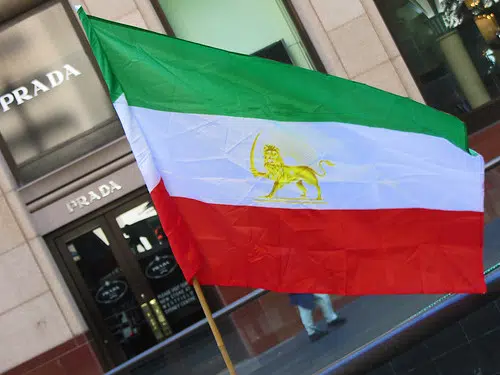Tensions are rising in the Mideast once again as the US alleges Iran is responsible for several recent attacks against oil tankers in the vital oil shipping lane of the Strait of Hormuz.
LSU Center for Energy Studies Director Dr. David Dismukes says the political instability will likely lead to a rise in fuel costs for Americans.
“These kind of conflicts always tend to manifest themselves in prices pretty quickly, especially in that area of the world since so much of the crude oil traffic rolls through those kinds of areas and we’re already seeing an increase in prices.”
It’s estimated roughly 20 percent of the world’s oil passes through the Strait.
The Strait is a narrow strip of water between Iran and the Arabian Peninsula and is a vital shipping lane for Arabian oil exports. Dismukes says because oil prices are set globally, keeping that piece of sea open to traffic is a priority for energy producers…
“Those are very critical and important choke points, it’s one of the reasons the United States has such a large Naval presence in that area, among other reasons the large amounts of supplies coming from the other Persian Gulf nations.”
At it’s narrowest, the Strait, which is in the Persian Gulf, is only 21 nautical miles long.
If the tensions were to spill over into open conflict, and trade in the Persian Gulf were to be disrupted, Dismukes says you could see a noticeable rise in gas prices, leading to a substantial international response.
“It would push up prices pretty considerably. I could see as much as another ten-dollar premium getting tacked onto prices in a very short period of time, but it would not last very long, you would see shipping lanes reopen pretty quickly.”
Iran and the US have traded threats ever since President Trump canceled an agreement, to ease sanctions on the nation in exchange for international monitoring of it’s nuclear abilities.







